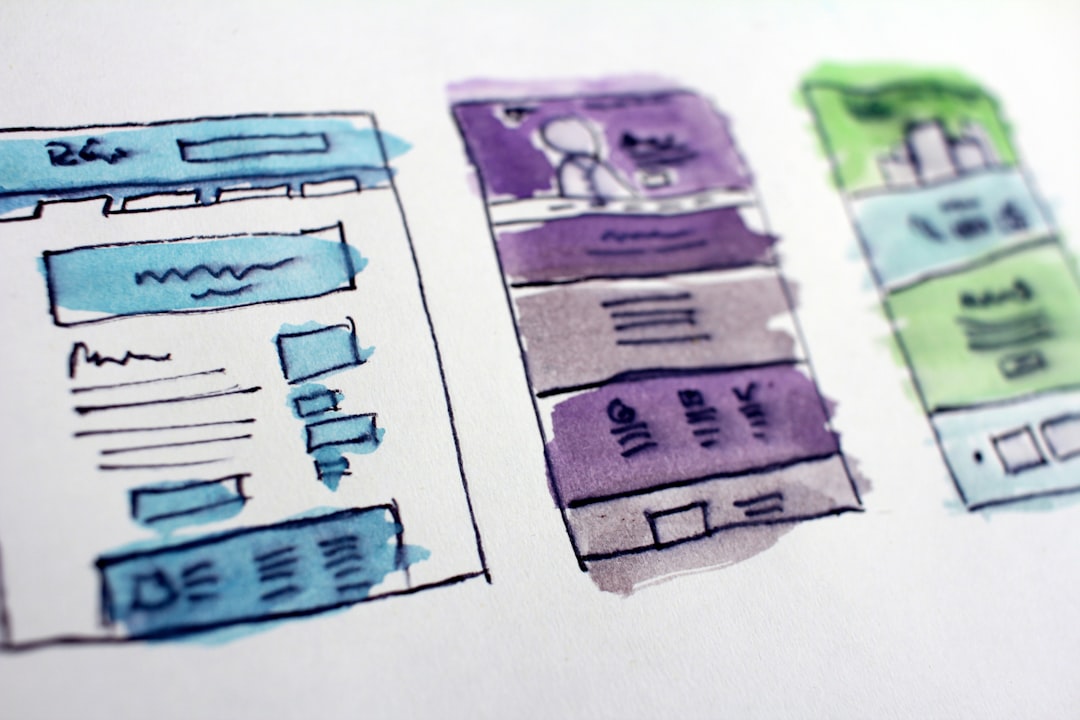Table of Contents
- Introduction
- Start with understanding your audience: **customer segmentation** is key
- Identify **key data points** to collect: demographics, browsing history, purchase behavior
- Use **analytics tools** to interpret the data: determine trends and patterns
- Personalize email content based on **customer preferences**: increase engagement
- Implement **A/B testing** for subject lines, content, and send times
- Optimize **email delivery**: ensure emails reach the right audience at the right time
- Conclusion
- Frequently Asked Questions
Introduction
Email marketing is a powerful tool for businesses to reach their target audience efficiently. However, sending out mass emails blindly without a strategy can result in low engagement rates and wasted resources. So, what’s the secret to unlocking email marketing success? The answer lies in harnessing customer data and analytics.
By leveraging customer data, businesses can personalize their emails to cater to individual preferences, increasing the likelihood of engagement and conversions. Analytics play a crucial role in understanding email performance, allowing for optimization to drive better results. Together, customer data and analytics form a potent duo that can elevate your email marketing campaigns to new heights.
Are you ready to discover the secret weapon that can transform your email marketing efforts? Let’s delve into the world of harnessing customer data and analytics to unlock the full potential of your email campaigns.
Start with understanding your audience: **customer segmentation** is key
Start with understanding your audience: customer segmentation is key. By **segmenting** your customers into different groups based on factors such as demographics, behavior, or preferences, you can tailor your email marketing strategy to meet the specific needs of each segment. This approach allows you to send **targeted** and **relevant** content that is more likely to resonate with your audience, leading to higher engagement and conversion rates. Customer segmentation enables you to **personalize** your emails, improve **customer loyalty**, and ultimately drive **revenue**. Additionally, by analyzing customer data and **analytics** related to each segment, you can gain valuable insights into their **purchasing** habits, interests, and **interactions** with your brand. This data-driven approach empowers you to make informed decisions and continuously optimize your email marketing strategy for better results.
Identify **key data points** to collect: demographics, browsing history, purchase behavior
Identify key data points to collect: demographics, browsing history, purchase behavior.
This information is crucial for understanding your customers and tailoring your email marketing strategy to their needs.
Demographics such as age, gender, location, and income level can help you segment your audience and send targeted content.
Tracking browsing history provides insights into the products or services that interest your customers, allowing you to personalize your emails.
Understanding purchase behavior like frequency of purchases, average order value, and preferred products can help you create relevant offers and recommendations.
By collecting and analyzing these key data points, you can refine your email marketing strategy to better engage your audience and drive conversions.
Use **analytics tools** to interpret the data: determine trends and patterns
Use analytics tools to interpret the data: determine trends and patterns. One of the key advantages of leveraging customer data and analytics in refining your email marketing strategy is the ability to use various analytics tools to analyze the data collected. By employing tools such as Google Analytics, Adobe Analytics, or specialized email marketing platforms like Mailchimp or HubSpot, businesses can gain valuable insights into how their email campaigns are performing. These analytics tools allow marketers to track important metrics such as open rates, click-through rates, conversion rates, and subscriber engagement.
Furthermore, these tools enable businesses to identify trends and patterns in customer behavior, such as the type of content that resonates most with their audience, the optimal send times, and the devices most commonly used to interact with emails. By understanding these trends and patterns, marketers can tailor their email marketing strategies to better meet the needs and preferences of their target audience, ultimately leading to improved campaign performance and higher ROI.
Personalize email content based on **customer preferences**: increase engagement
Personalize email content based on customer preferences to increase engagement. By understanding what your customers are interested in, you can tailor your email marketing strategy to deliver relevant content that resonates with them. Utilizing **customer data** and analytics allows you to segment your audience and send targeted emails that cater to their specific needs and interests.
When customers receive emails that **speak to their preferences**, they are more likely to engage with the content, leading to higher open rates, click-through rates, and ultimately, conversions. Whether it’s recommending products based on past purchases, sharing personalized offers, or providing content specific to their demographics, **personalization** can significantly impact the success of your email campaigns.
Implement **A/B testing** for subject lines, content, and send times
Implement A/B testing for subject lines, content, and send times can significantly improve the effectiveness of your email marketing campaigns. A/B testing involves creating two versions of an email – one being the control and the other the variation. By sending these versions to different segments of your audience, you can gather **data** on which performs better in terms of open rates, click-through rates, and conversions.
For subject lines, you could test different lengths, tones, and **keywords** to see what resonates most with your subscribers. With content, you can experiment with images, **CTA** placements, and language styles to see what drives more engagement. Sending emails at different times of the day or week through A/B testing can help determine the optimal **send times** that yield the highest response rates.
Optimize **email delivery**: ensure emails reach the right audience at the right time
Optimize email delivery: ensure emails reach the right audience at the right time.
Email delivery is a critical aspect of email marketing. It involves ensuring that your emails are successfully delivered to the intended recipients’ inboxes. To achieve this, it is important to maintain a good sender reputation by avoiding spammy practices, regularly cleaning your email list, and using authentication methods like SPF, DKIM, and DMARC. Segmenting your audience based on their preferences and behavior can help tailor your emails to specific groups, increasing relevancy and engagement. Timing is also crucial; sending emails at the right time when your audience is most likely to engage can boost open rates and conversions. By optimizing email delivery, you can improve the overall effectiveness of your email marketing strategy and maximize the impact of your campaigns.
Conclusion
Conclusion
Unlocking the secret weapon for email marketing success lies in harnessing customer data and analytics to personalize email content, optimize delivery, and drive engagement. By starting with customer segmentation, businesses can tailor their email marketing strategies to meet the specific needs of different audience segments. Identifying key data points such as demographics, browsing history, and purchase behavior enables businesses to collect valuable insights and refine their strategies effectively.
Using analytics tools to interpret data, determine trends, and patterns is essential for making informed decisions and continuously optimizing email campaigns. Personalizing email content based on customer preferences enhances engagement and can significantly impact campaign performance. Implementing A/B testing for subject lines, content, and send times allows businesses to refine their strategies further and improve effectiveness.
Optimizing email delivery ensures that emails reach the right audience at the right time, maximizing the impact of campaigns. By leveraging customer data and analytics effectively, businesses can create targeted, relevant, and engaging email marketing campaigns that drive conversions and foster customer loyalty.










